I already talked about Rubin’s Galaxy, the largest disk galaxy in the Local Universe before. It remains a really fun galaxy to study in detail with other instruments. And that is what my collaborators on this (longstanding) project recently did:
A multiwavelength overview of the giant spiral UGC 2885
Carvalho+
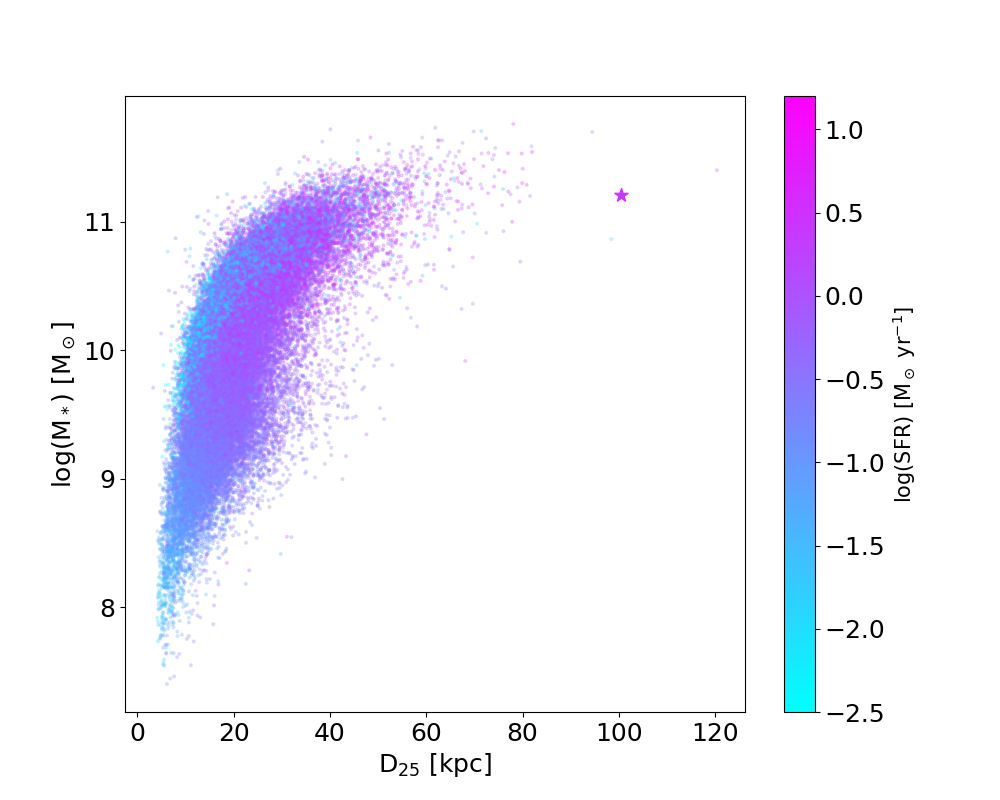
This was a good paper to collate all the stats on this galaxy in one spot. This will make it easier to refer to when we will study the gas supply and star-formation rate of this galaxy in the rest of the paper. The underlying idea is that it may point to how low surface brightness galaxies are perhaps a different mode of star-formation in galaxies.
First new observations: SITELLE. This is a unique instrument in that it is an IFU but works interferometrically. Short bandwidth (wavelength range) but the longer you observe, the higher your spectral resolution becomes. Wild!
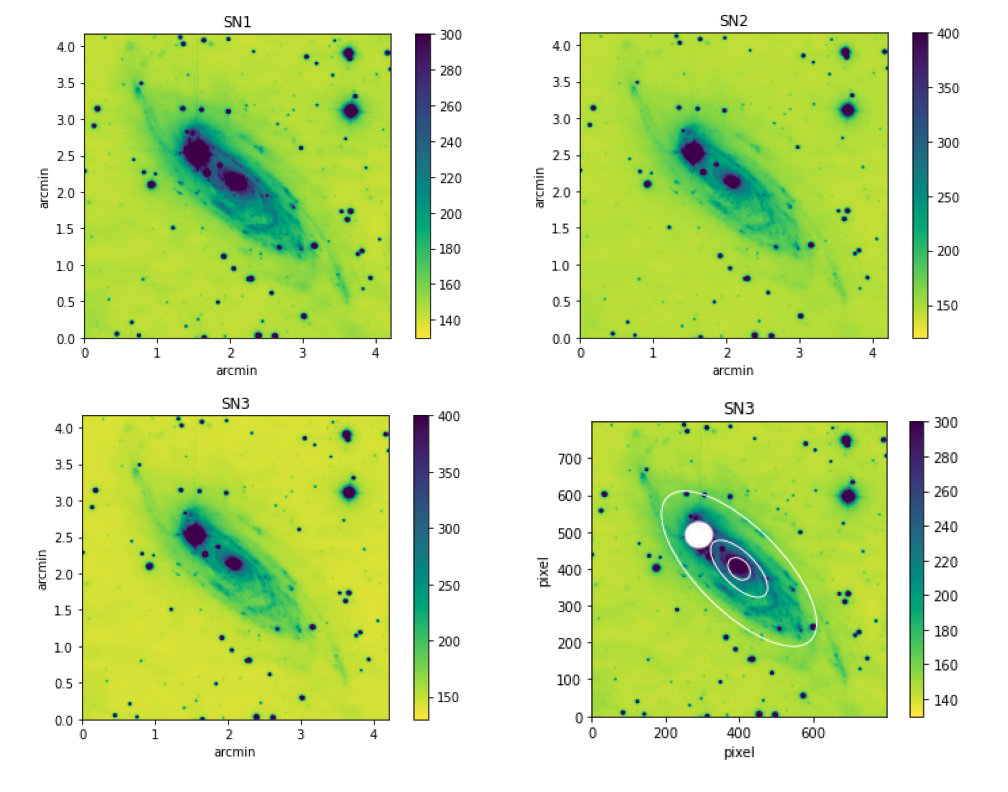
Second instrument is CO measurements using IRAM. This is to establish the molecular hydrogen reservoir. We already have HI observations of this galaxy.
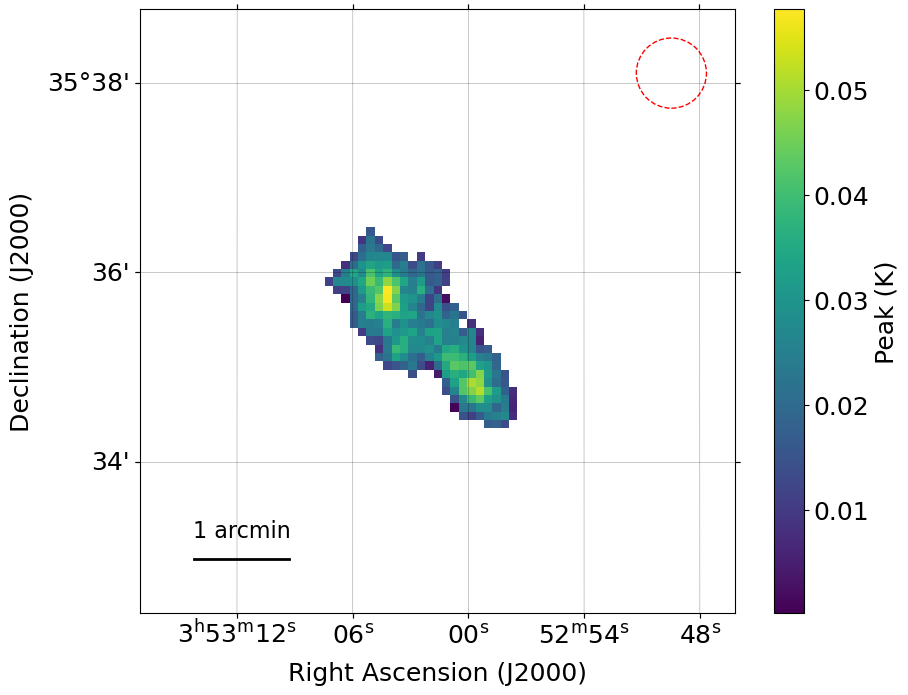
The IRAM observations also give a rotation map.


The SITELLE observations gave us a — spatially resolved — map of the metallicity of Rubin’s Galaxy. It is mostly metal-poor.
So between the gas map and the current star-formation rate across the disk. The SFR was measured from the WISE fluxes.
So at the present consumption rate, how long will it be before Rubin’s Galaxy runs out of fuel?
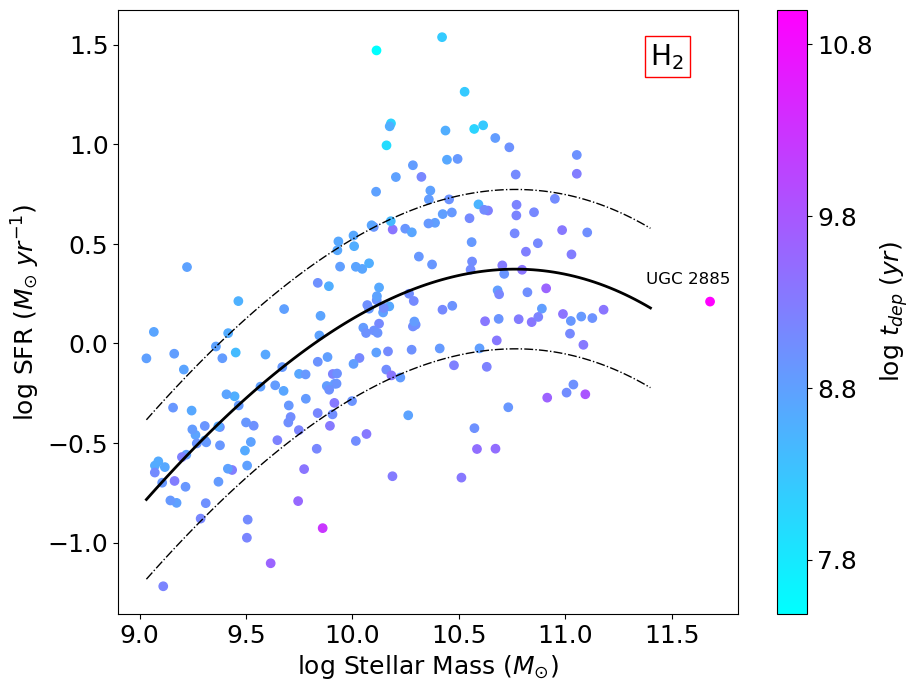
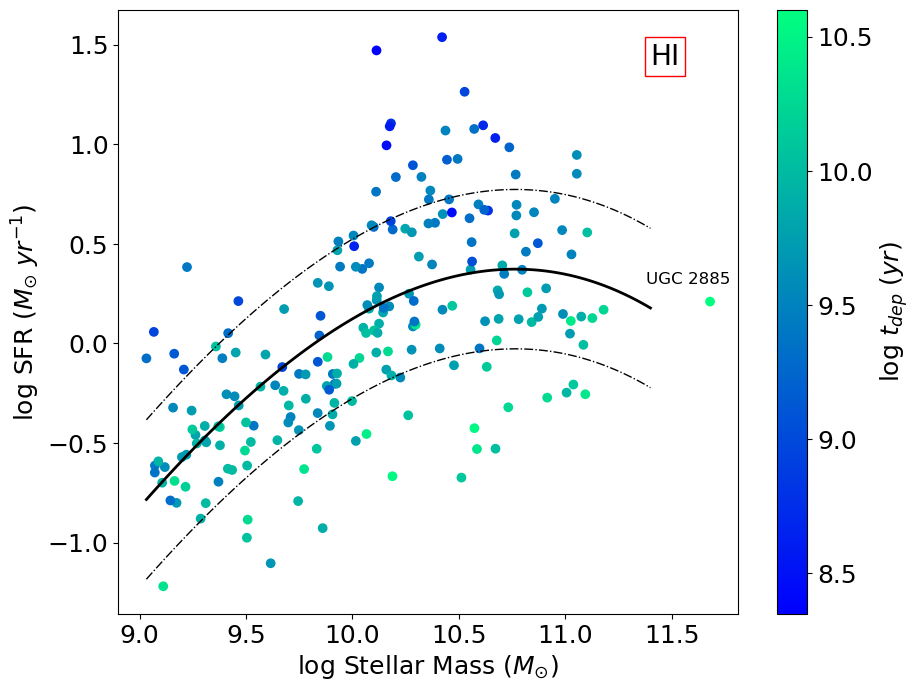
Rubin’s galaxy has over 10 Billion years of fuel left in the tank! Well over a Hubble time, the current age of the Universe!!
No comments:
Post a Comment